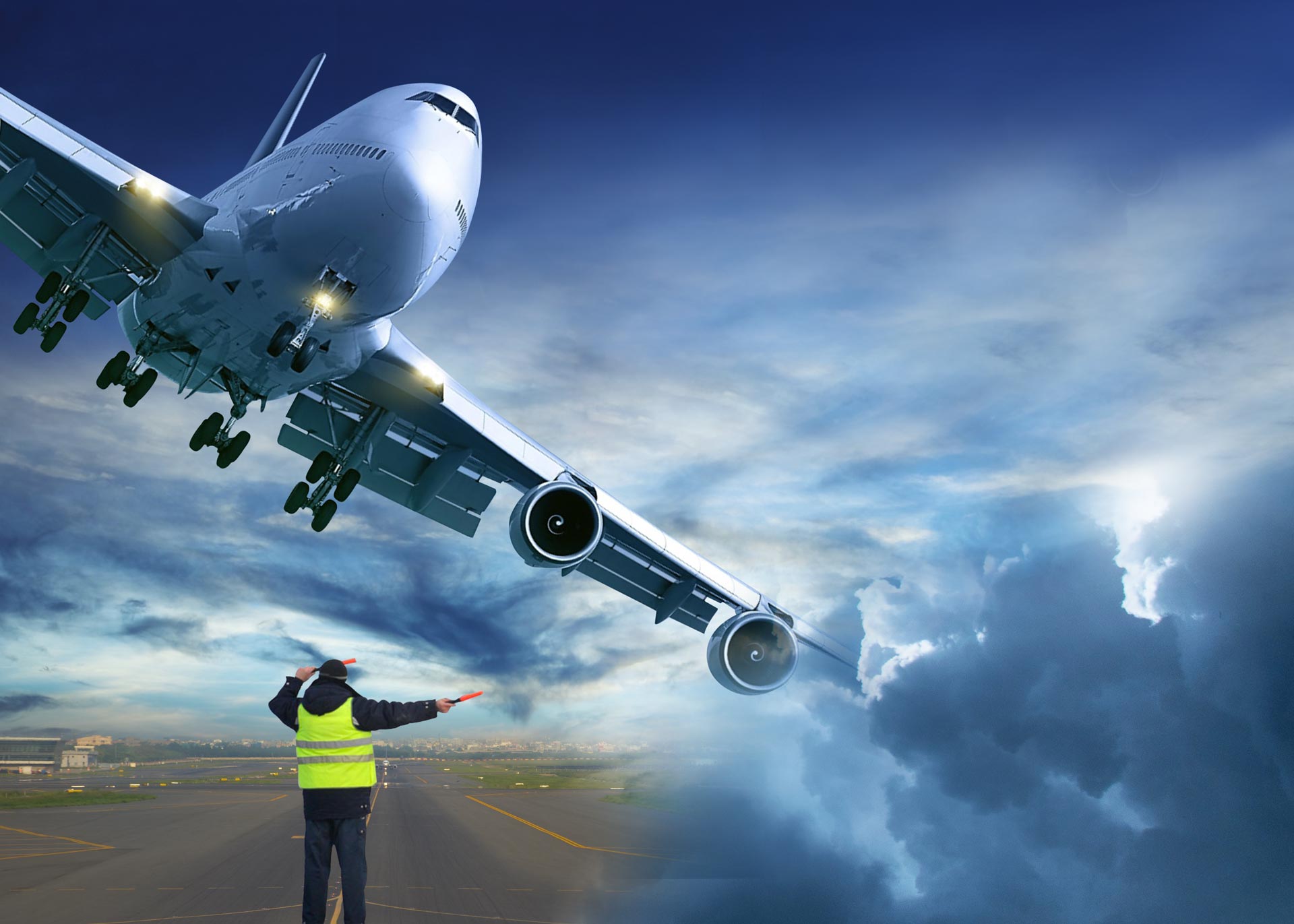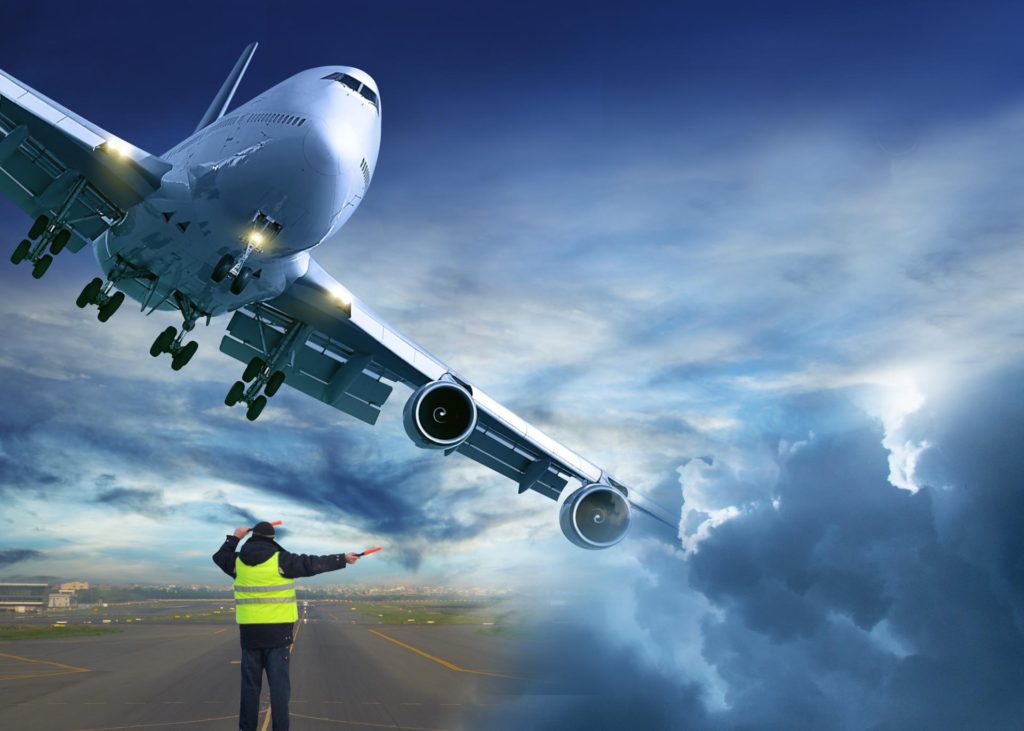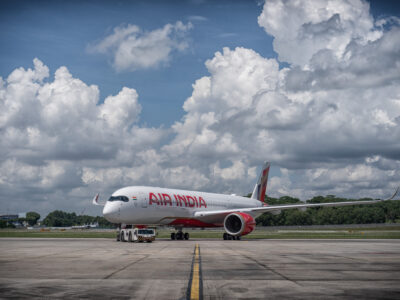Airlines have been amongst the worst hit by the coronavirus pandemic around the world. Frequent disputes over civil aviation are very likely as governments all over are now doing all they can to help their own carriers.
On July 21, Indigo, India’s largest carrier announced that it would lay off about 10 pc of its 24,000 employees due to difficult business conditions that the airline had been facing since coronavirus pandemic outbreak and the closure of airports across India in March.
For two full months, the entire fleet of 263 aircraft had to be grounded, with the rare exception of a few cargo flights that the airline was allowed to make. As a result, the carrier is set to announce historic loss of INR 27 billion for the quarter ending June 30, 2020, its biggest loss ever.
Even though the airline has been allowed to operate a few of its flights in the domestic market since May 25 and it has also been given some of the ‘evacuation’ flights overseas under the so-called Vande Bharat Mission, the picture for the quarter July-September does not seem very bright either. Most of its sizeable fleet of 263 aircraft still remains grounded at various airports, even as it is expected to pay full salaries to its staff and of course spend money on the parked aircraft in terms of parking fees as well as maintenance, not to speak of the heavy interest burden that its large fleet would incur.
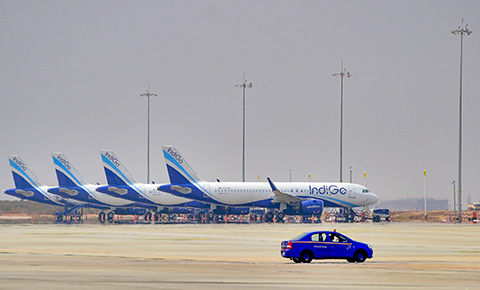
With most of its fleet grounded, Indigo has been bleeding heavily since March
The state of all other Indian airlines is no better as they have had to undergo the same difficulties and a shake-up of the sector is very much on the cards before the end of this year, especially if the government keeps the normal international flights suspended and does not allow full resumption of the domestic flights. But even if the full resumption were permitted, few airlines would be able to use the entire capacity as the passenger demand is still very low, with hardly any of the flights currently managing a decent load factor which would allow them to break even.
The international sector is definitely the more lucrative one, with better fare realisations and on key sectors better loads as well. However, for more than three months now, national carrier Air India has had a near monopoly in flights from and to India with the Vande Bharat Mission.
In barely 12 weeks, the national carrier flew over 700 missions to over 60 countries and ferried over 255,000 Indian passengers from overseas to India and carried nearly 50,000 foreigners stuck in India back to their homes.
Rescuing Air India
While the flights were meant to be rescue flights to help the Indian citizens who found themselves stuck overseas, since these are chartered flights and not regular flights, Air India has been free to price the tickets as per its will, rather than as per the market conditions or even the fare that prevailed before the global aviation industry was grounded following the lockdown.
As a result, on several sectors the price for one way ticket is almost 50 pc more than the normal return fare or almost 250 pc the single way fare that had prevailed before the lockdown. Though exact data is not available, but Air India could be expected to make a hefty profit on these flights, even after taking into account the increase in its own cost of operations due to the sanitary and hygiene measures that have been mandated by the Indian and other governments.
As the Vande Bharat Mission seems to be expanding ceaselessly and instead of being a time-bound and limited affair, it has seen Indian carriers fly to destinations that they never served before, many other global airlines complained to their own governments about the unfairness of the entire operation, which deprives any foreign airline from operating any ‘rescue’ flights or even operate regular flights to India as the Indian government has kept Indian airports closed to all scheduled international airlines for the past four month.
The closure was again extended by the Director General of Civil Aviation, the regulatory body governing civil flights over Indian skies, up to August 31. However, unlike the previous extensions this time around the DGCA did add a footnote saying that resumption of select international flights to some destinations would examined on a ‘case by case basis’.
‘‘International scheduled flights may be allowed on selected routes by the competent authority on case to case basis,’’ the regulator said in an order dated June 26. The footnote did not come about by accident or by the Indian government’s own free will. This is clearly the result of the ire expressed by the United States and the European Union, among others, about the way India has allowed Air India and some of its other domestic airlines, to capture the passenger flights, while keeping any competition from overseas carriers at bay.
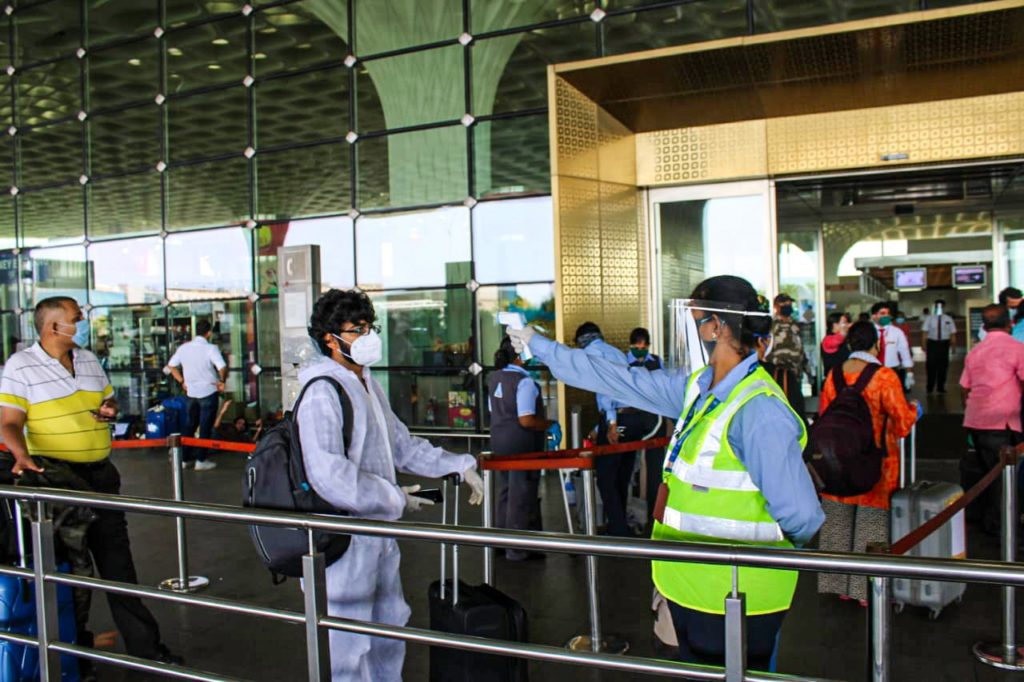
Even though domestic flights have resumed, there are few takers for them
Foreign carriers want a slice of pie
The dispute had been simmering for a while now as most airlines in the world are faced with the worst-ever crisis and almost all of them have resorted to largescale layoffs and other cost-cutting measures. German flag carrier Lufthansa, for instance, has said it would trim its workforce by 22,000, while British Airways has announced over 12,000 job cuts and Air France close to 10,000. Also, most of the carriers, ranging from Cathay Pacific in the East to several leading airlines in the United States, have received bailout packages worth billions of dollars each.
In such a situation, as lockdowns ease around the world and some travel resumes, most airlines are closely watching any revenue opportunities and are unlikely to let go of any possible business, however minuscule or competitive it may seem to be. Airlines have traditionally been extremely competitive and also often protected by
their respective governments as most consider airlines to be as key to their national sovereignty as a strong currency and a strong military. This is the reason why most countries go in for only bilateral deals, with each miserly guarding the landing spots and the number of seats that they give to a foreign airline.
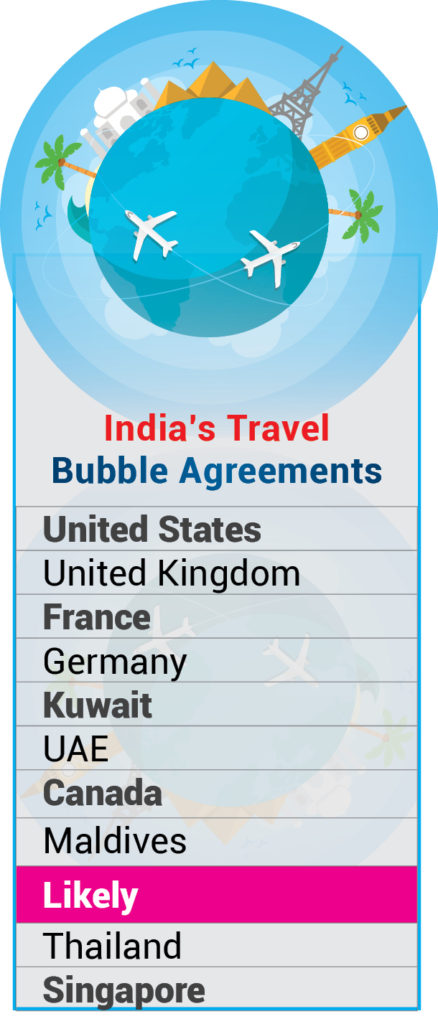
primary reason behind the intervention by the US and EU which have both threatened to prohibit Air India from operating any more chartered flights to their countries unless India allows regular flights for their own carriers.
Faced with this threat, finally the Indian government allowed select carriers from a few countries – notably the US,
UK, Germany and France – to operate flights to India for up to August 31. Now that foreign carriers have found a crack in the door, expect many other airlines, notably the Gulf and South East Asian carriers, to begin operating some flights to and from India.
In the meanwhile, in a surprise development, private carrier SpiceJet has stolen a march over its much larger rival and India’s largest airline, Indigo, in getting the right to recommence regular international operations, after it was designated as a scheduled airline to operate on agreed routes between India and the United States. The airline has not yet spelt out any details, notably on when it can begin flying on this sector, the frequency of the flights and the stations served in the US or even which aircraft would SpiceJet use on this sector, yet the development is a positive one, it insists. ‘‘This designation would help us plan for our international expansion in a much better and calibrated manner,’’ says Ajay Singh, chairman & managing director of SpiceJet.
The Indian travel trade would indeed welcome every sign, however minuscule, of normalcy being restored to overseas travel from India. The trade has been faced with decimation since the lockdown began in March and even though several destinations across the world have reopened their borders to international tourists, as long as Indian government does not reopen its frontiers and allows resumption of regular international flights, the outbound tourism market would continue to gasp for breath.








